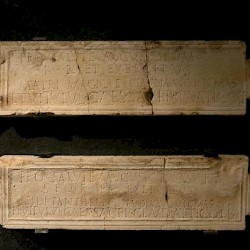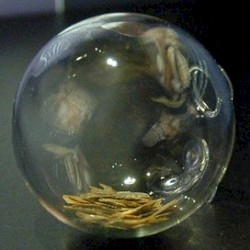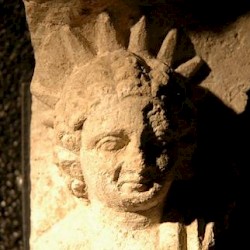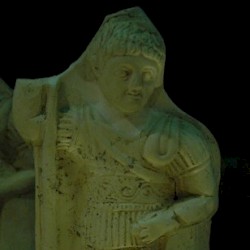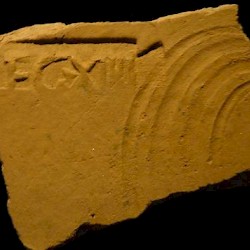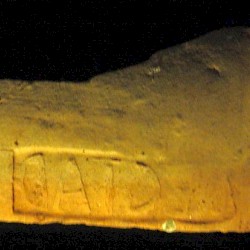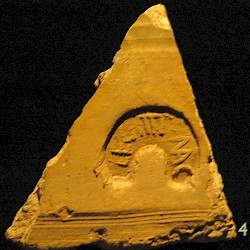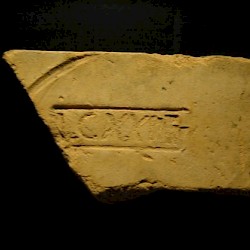Mainz, Temple of Isis
Mogontiacum: Roman city, capital of Germania Superior, important military base, modern Mainz.
Temple of Isis and Cybele
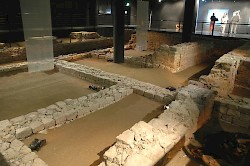
The sanctuary of the Egyptian mother goddess Isis and her Phrygian counterpart Cybele was almost certainly built after the emperor Vespasian (69-79) had claimed to be specially protected by Isis. The shrine is very interesting, because it shows how rapid oriental religions spread to Gaul and the Rhineland. A century after the construction of this temple, Irenaeus of Lyon mentions the first Christians in Germania Superior.
The sanctuary was unexpectedly discovered in 2000 when a shopping mall was built in the center of Mainz. The remains have been made accessible.
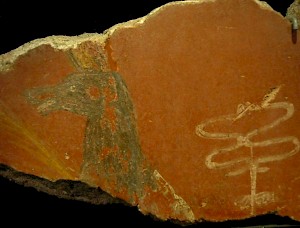
This wall painting of the Egyptian god of the dead, Anubis, was one of the finds. Among the other finds were no less then three hundred oil lamps, which must have been used during the mysteries that were performed in this temple and must have contributed to a special atmosphere. Chicken bones suggest what kind of sacrifice was offered to the two oriental goddesses.
The archaeologists also found grains and pine nuts, which must have been burnt on the altar, and exotic fruits such as dates and figs, which must have been imported from Syria or Egypt. Another nice statue is a bronze of Mercury, who holds a wallet in his hand.
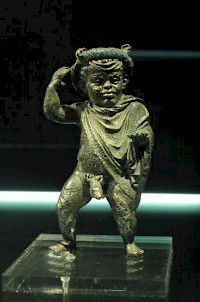
This dwarf is made of massive bronze, to which lips and a wreath of copper were added. The nails of the little man's toes and fingers are made of silver. It is possibly an import from Italy or southern France and was almost certainly made in the first century. The man or woman who left this votive gift must have been very wealthy.
What the statuette signifies, is another question. Small people are known from Germanic myth and sagas, and are usually connected to the treasures of the earth: sometimes, they are mineworkers, sometimes, they are smiths. On the other hand, the Greeks and Romans associated Egypt with pygmees, so it is possible that this dwarf played a role in the cult of Isis. If we could understand the gestures of his hands, we might solve this puzzle.
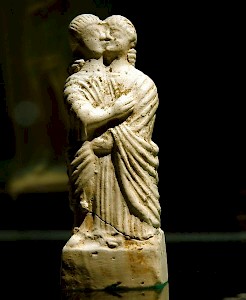
It is certain that the sanctuary of the two goddesses was still in use in the third century. This little terracotta statuette, showing two lovers in a tight embrace, appears to belong to the youngest artifacts left at the site. Terracottas were cheaper than bronze statuettes, so this present was probably offered to Isis and Cybele by a person of modest means. Another indication that this little object was sacrificed by someone who was not very wealthy, is that it was mass-produced: identical statuettes (from the same mold) can be seen in the archeological museums of Trier and Frankfurt. One wonders what kind of prayer accompanied the offering of a statuette of two lovers, and hopes that it was fulfilled.
The first of the photos below shows two tablets, dedicated to the great goddess to request good health for the emperors, the Senate, the People, and the Army of Rome. There is nothing special about these dedication.
